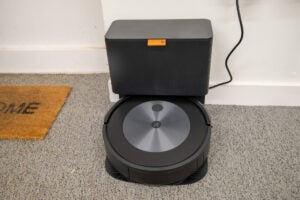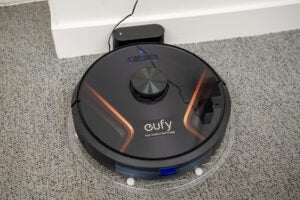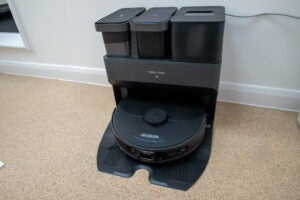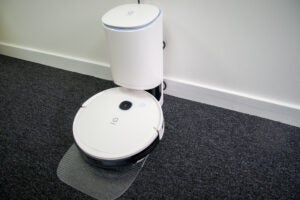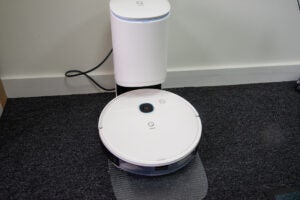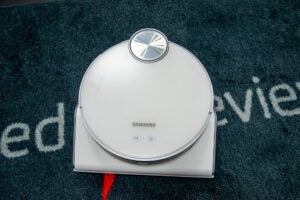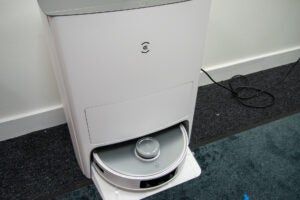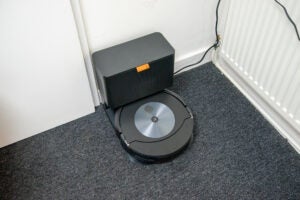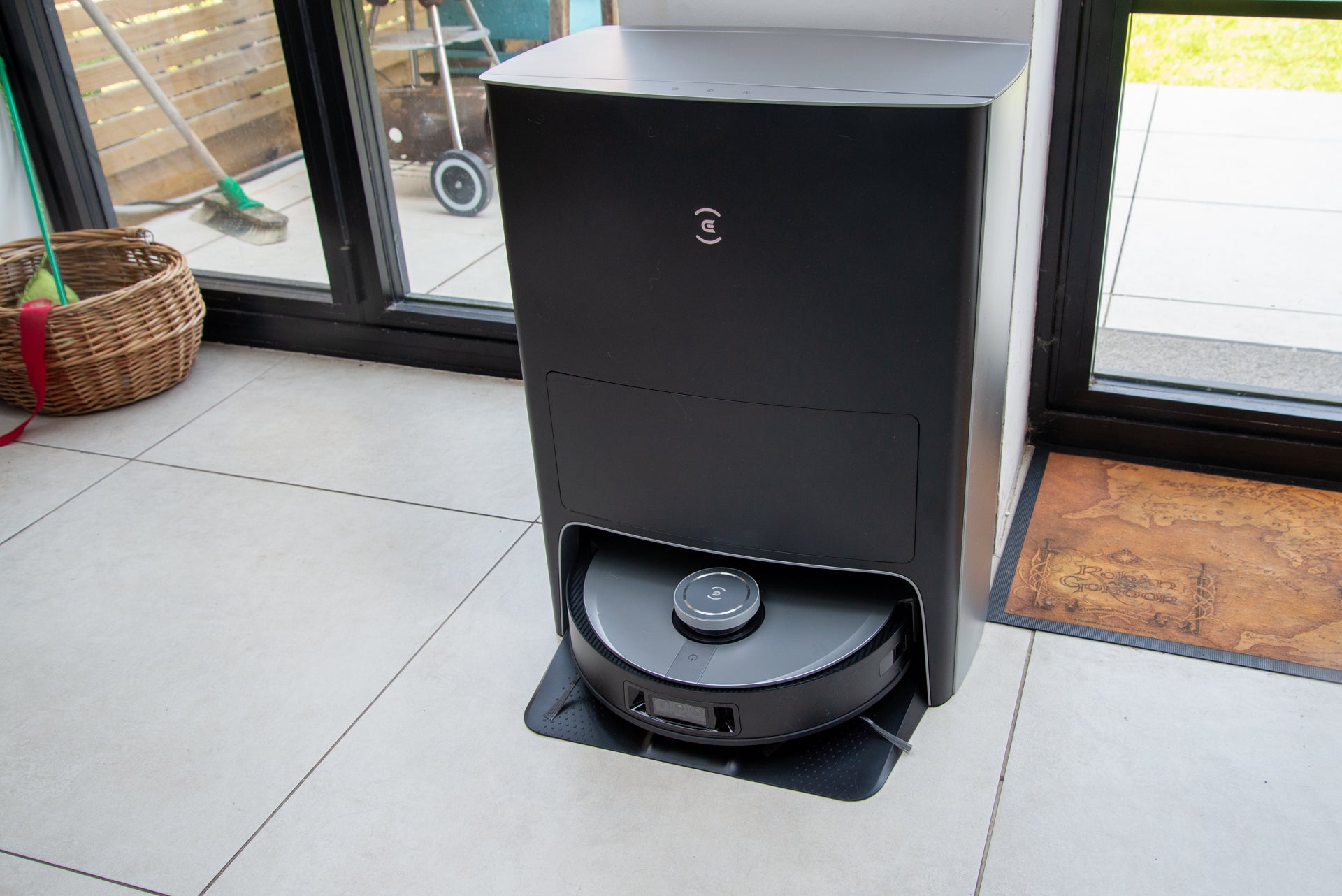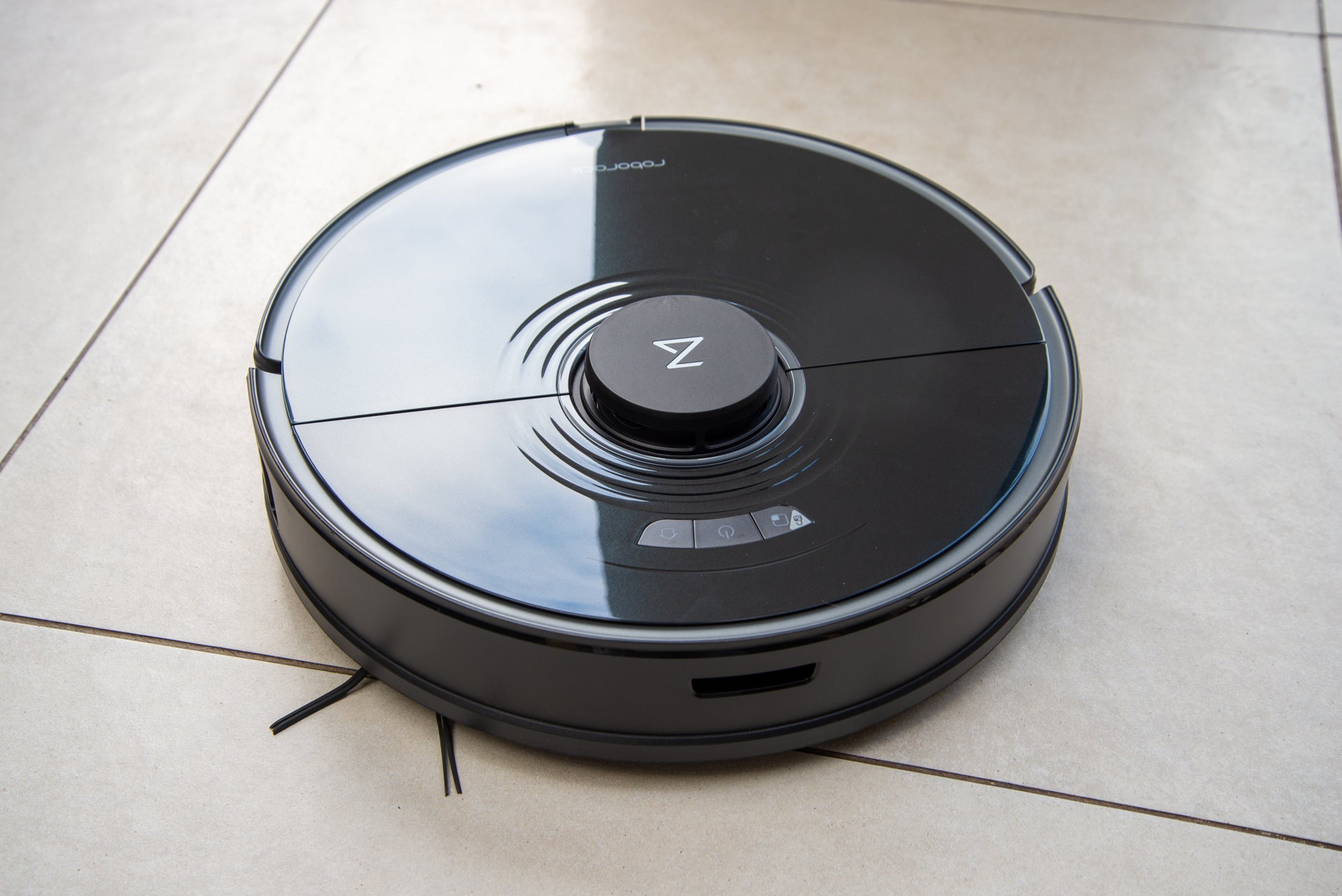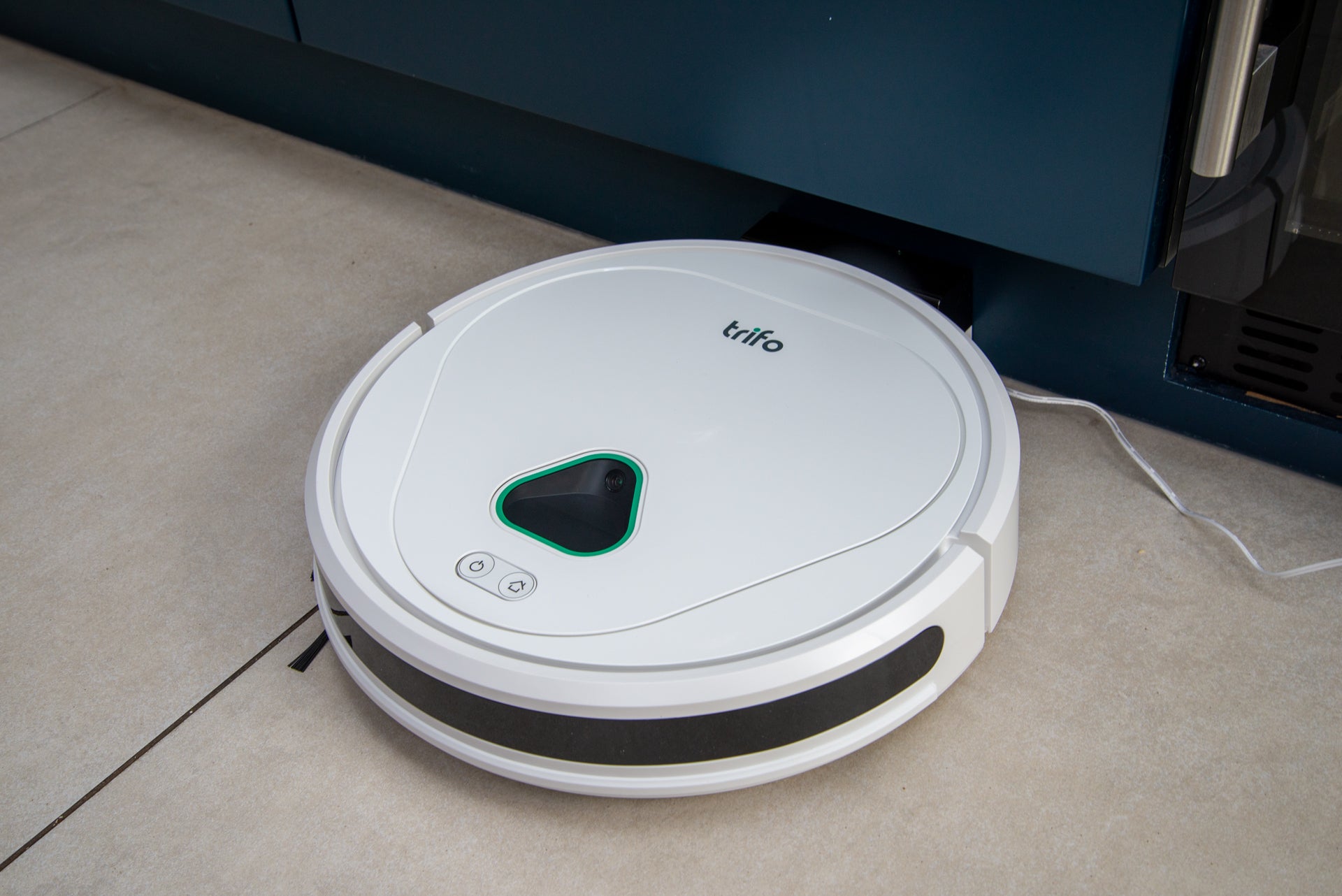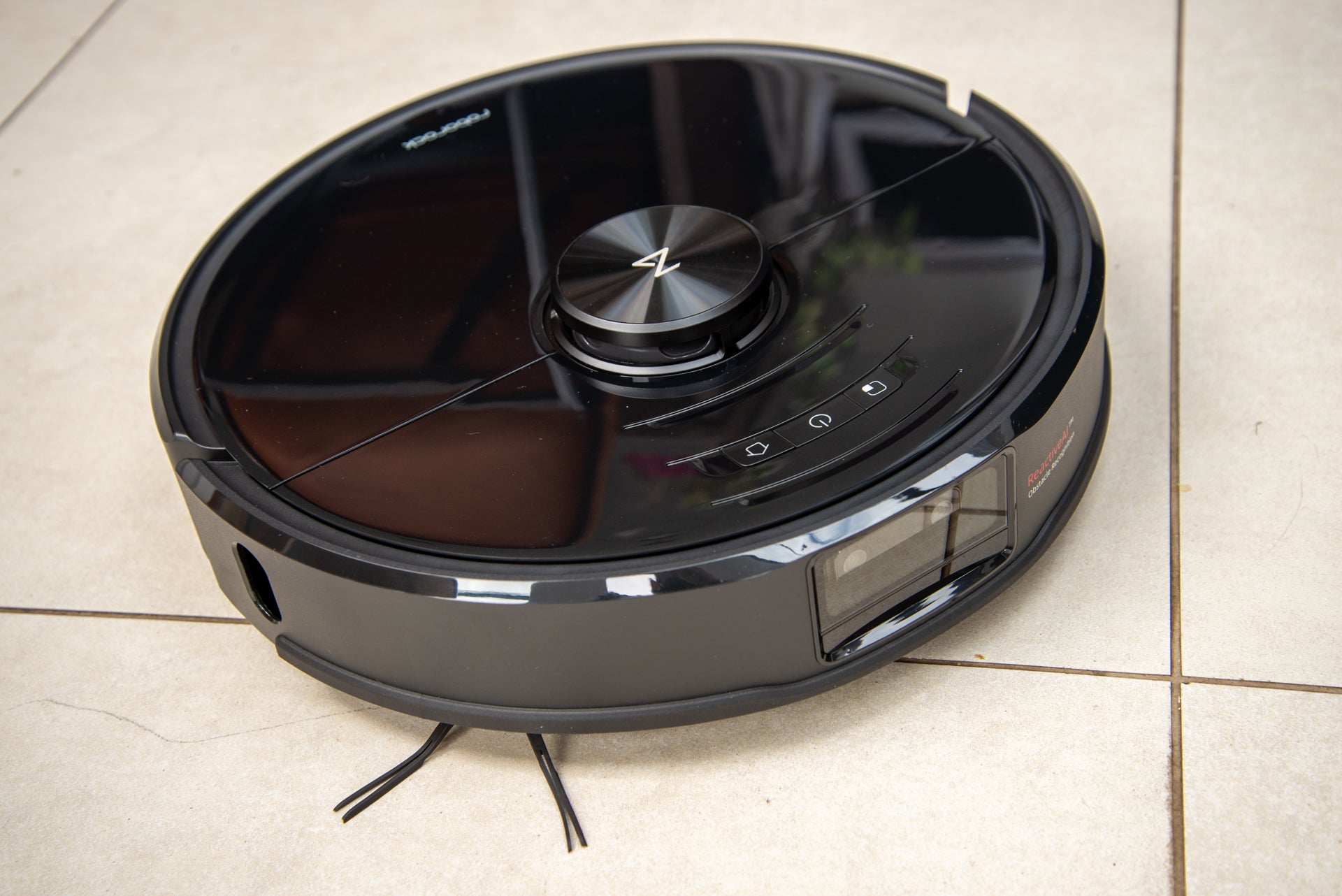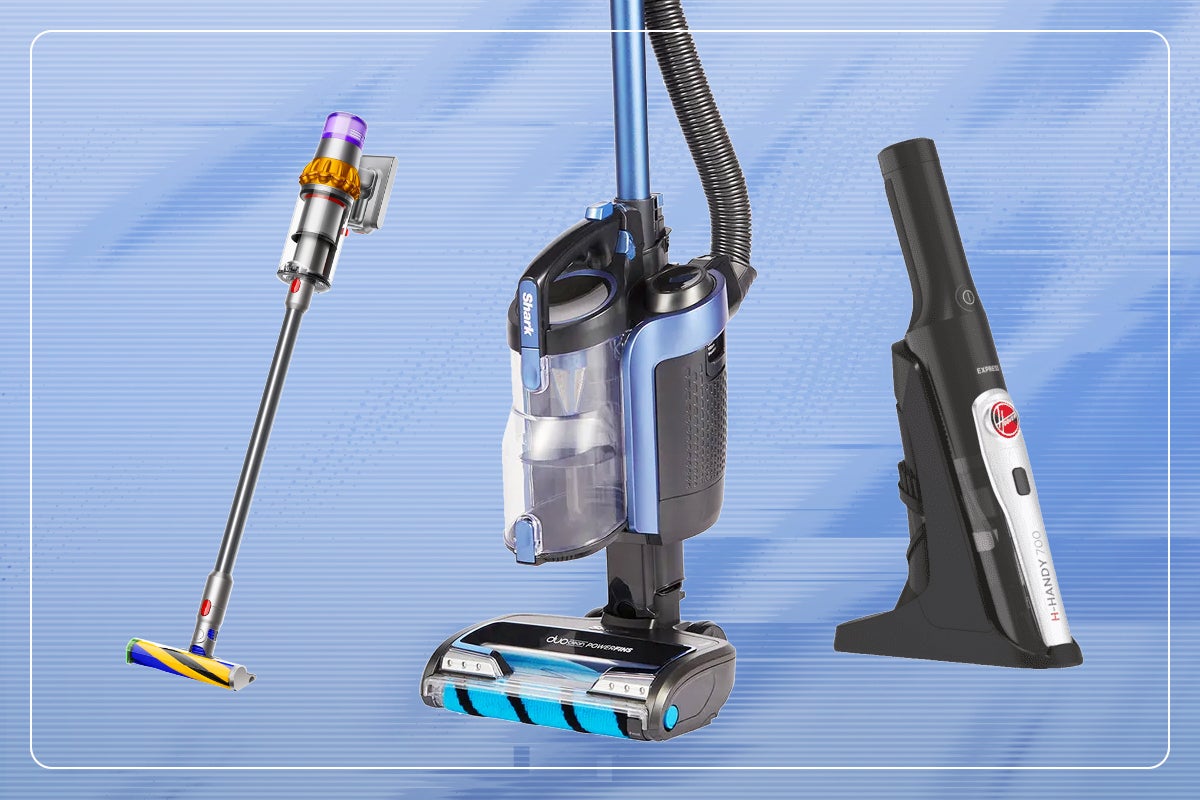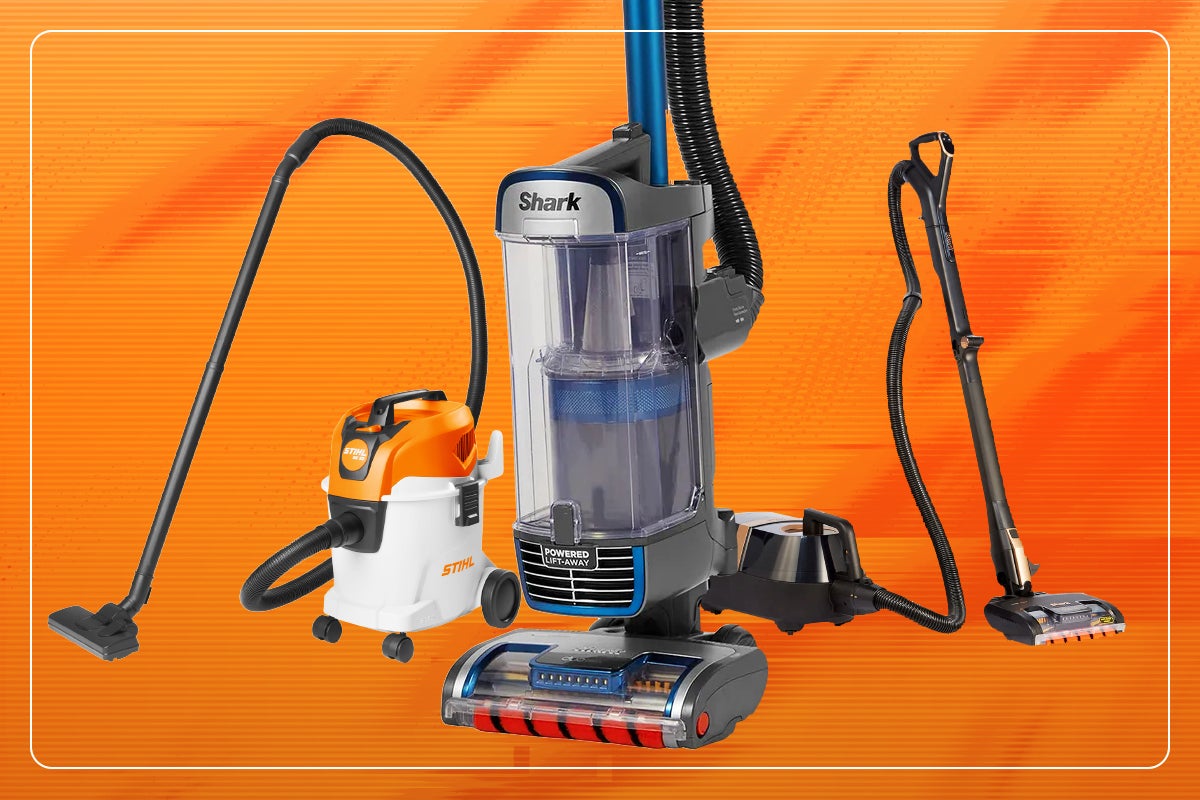Best robot vacuum cleaner 2024: Clean carpets, hard floors and mop automatically
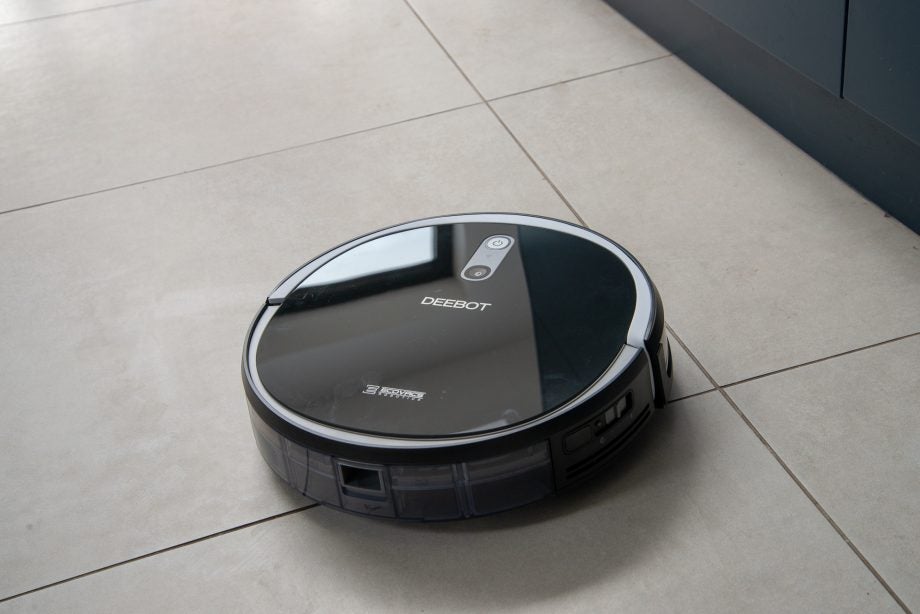
A good vacuum cleaner will help you clean more quickly and more efficiently, a robot vacuum cleaner saves you even more time, as you don’t have to do anything apart from set it to go.
These are brilliant time-saving devices, getting most of the mess up, so when you do have to get the regular vacuum out, you’re only having to tackle edges and those hard-to-reach places.
Getting the right robot can be hard, as there are loads of models to choose from. Here, we’ve narrowed the choice down to the core robots available today that we’ve tested and would recommend. The list covers every budget and need, with some models even able to mop as well as vacuum.
We test all robot vacuum cleaners in the same way. The most important thing for a vacuum cleaner is its ability to clean, and we rank how well each cleaner does on hard floors and carpets, plus how well it can clean at the edges of the room.
Where a robot has a mop, we test how well it can clean general dirt and more tough ground-in stains. We tell you how well each one does, but for this test we take into account price; cheaper cleaners use basic drip-fed mops that get basic stains while more expensive cleaners can better scrub.
Quality robot vacuum cleaners should all be able to suck up dust well, but almost as important is how easy they are to use. Modern robot vacuum cleaners should, ideally, provide proper mapping, let you select which rooms and areas you want to clean, and those that you want to avoid. We let you know how easy each cleaner is to use and any pitfalls you may encounter.
Best robot vacuum cleaners at a glance
- The best robot vacuum cleaner: iRobot Roomba Combo J7+
- The smartest robot vacuum cleaner: iRobot Roomba J7+
- The best robot vacuum cleaner for mopping: Ecovacs Deebot T20 Omni
- The best robot vacuum cleaner for raw power: Samsung JetBot AI+
- The best robot for deep cleaning: Dyson 360 Heurist
- The best mid-range robot vacuum and mop: Eufy RoboVac X8 Hybrid
- The most hassle-free robot vacuum cleaner and mop: Roborock S7 MaxV Ultra
- The best mid-range robot vacuum cleaner: Yeedi Vac Max
- The best budget robot vacuum cleaner: Proscenic M8 Pro
- The best mid-range mop: Yeedi Vac 2 Pro
How we test
All of our robot vacuum cleaners are fully tested and we don’t recommend any products that we haven’t seen and used in the flesh. To compare robots, we put them through the same set of tests, including their ability to pick up dirt and, for those that mop, their floor cleaning prowess. We test each one using any smart assistant support that it has, and we see how well they can navigate our homes. For more information, read our guide to how we test robot vacuum cleaners.
- Extremely powerful
- Flexible configuration
- Methodical cleaning
- Slightly fiddly to set up
- Clever navigation
- Very flexible jobs and routines
- Generally excellent performance
- Expensive
- Full mapping
- Powerful vacuuming
- Good navigation
- No-go zones were a little buggy
- Basic mopping
- Exceptional vacuuming and mopping
- Clever navigation and obstacle avoidance
- Docking station empties and cleans robot
- Expensive
- Brilliant set of features
- Laser navigation
- Mop or vacuum
- Self-emptying dust box
- Cleaning performance could be better
- Won’t fit under the lowest furniture
- Excellent mopping
- Powerful vacuuming
- Compatible with self-empty station
- Only one map (for now)
- Can’t always get to every area
- Powerful vacuuming
- Great price
- Compatible with self-empty station
- Fiddly to configure no-go zones
- Excellent cleaning power
- Great app
- Powerful navigation
- Expensive for a non-mopping cleaner
- Excellent mopping
- Can lift mop over carpet
- Powerful suction
- Can’t avoid smaller objects
- Tucks mop away for all-surface cleaning
- Excellent navigation
- Powerful mop
- Basic mopping

iRobot Roomba Combo J7+
The best robot vacuum cleaner
Pros
- Tucks mop away for all-surface cleaning
- Excellent navigation
- Powerful mop
Cons
- Basic mopping
The iRobot Roomba Combo J7+ is the best robot vacuum cleaner we’ve reviewed in recent years, combining excellent navigation, great obstacle avoidance, a mopping function and a powerful app.
The Combo J7+ is physically the same as the regular J7 but it comes with a self-empty station, which we appreciated as it took away a messy job.
The Roomba Combo J7+ includes a fully retractable mop that slides out from the top of the robot and drops underneath when a hard floor is detected, before switching back to its vacuum function for carpets. This makes the vacuum great for homes that make use of both hard floor and carpet.
Of course, the Roborock S8 Ultra Pro and the Ecovacs Deebot T20 Omni also feature mopping systems, but these can only rise less than 1cm from the floor making them less ideal when faced with deeper carpet.
The 210ml water tank is quite small however so it will need refilling after every use, while the filter needs to be cleaned about once a month. The design also includes a side-sweeping brush for getting dirt from the edges of rooms and two contra-rotating rubber rollers to prevent hair from getting trapped.
When it comes to mapping your home, the Roomba Combo J7+ allows for multiple maps and does not have to start from its dock. You can also designate Keep Out Zones to block out specific areas and furniture, along with No Mop Zones for hard floors that you’d rather were left alone.
We found that the vacuum offered powerful suction and excellent navigation, picking up dirt in just 1-2 passes, though edges proved more of a challenge. The mop does well when faced with fresh messes but deeper ones can be tougher to clean due to the lack of agitating cleaning cloths.
If you’re looking for an excellent all-rounder with both vacuum and mopping functions and brilliant navigation and obstacle avoidance, the iRobot Roomba Combo J7+ is our top choice. However, those with dirtier hard floors may want to look toward a cleaner with an agitating mop instead.
Reviewer: David Ludlow
Full Review: iRobot Roomba Combo J7+
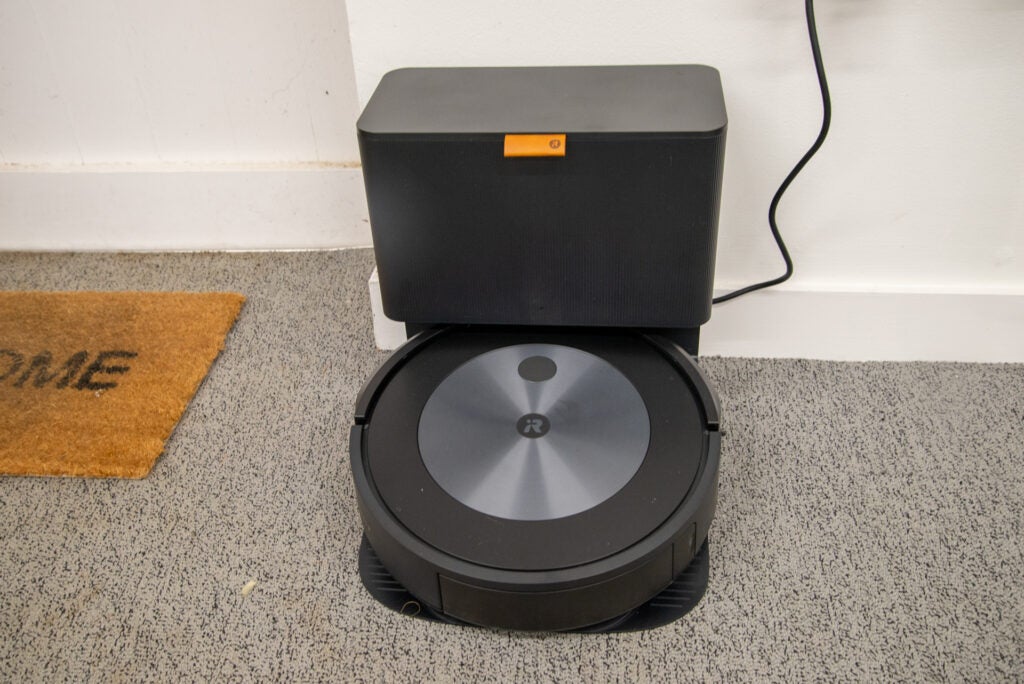
iRobot Roomba J7+
The smartest robot vacuum cleaner
Pros
- Clever navigation
- Very flexible jobs and routines
- Generally excellent performance
Cons
- Expensive
The new top-of-the-line robot, the iRobot Rooba J7+ includes a self-emptying charging dock, although the cheaper J7 dumps this if you want to save cash and are happy to empty the robot yourself. Both versions of the robot have the new camera system, which uses AI to spot problems and avoid them, including cables and pet mess.
In fact, iRobot is so confident that its system works that it will give you a new robot if yours runs over solid pet waste within the first year. In my tests, the robot ably avoid cables and my fake pet poop every time.
There’s proper mapping here, with the option to create rooms and set no-go areas. You can then create jobs and select which rooms you want to clean, tapping your favourite cleaning patterns when you want to use them. Scheduling is a step above the competition: you can set times to clean, but the robot will suggest programmes for you and can even start to clean when you go out using geolocation.
There are no power settings for this robot, but you can set the cleaning mode: using the double-pass option gives the best results in my tests. Cleaning on carpet and hard floors was excellent, but edge performance could be slightly better, as the iRobot J7+ left a chunk of my test dirt behind. Still, my tests use more dirt than the average home, so for regular daily cleaning, the J7+ will do a great job.
What you don’t have to worry about is hair getting tangled: two rubber rollers spin in different directions to prevent hair from getting in the way. Battery life was very good, too, and the robot can recharge mid-way through a clean if needed. If you want a very smart robot vacuum cleaner, then this is the model to buy.
Reviewer: David Ludlow
Full review: iRobot J7+ review

Ecovacs Deebot T20 Omni
The best robot vacuum cleaner for mopping
Pros
- Excellent mopping
- Can lift mop over carpet
- Powerful suction
Cons
- Can’t avoid smaller objects
The Ecovacs Deebot T20 Omni is the best robot vacuum cleaner we’ve tested for mopping. We also loved that this appliance can vacuum carpet and floors without needing its mop bracket removed thanks to the addition of auto-lift pads.
The Deebot T20 Omni ships with a large self-emptying, self-cleaning dock that requires a decent amount of room to store it. Inside the dock are two 4-litre water tanks – one for fresh water and one for dirty water – along with a 2.5-litre dust bag to hold dirt extracted from the vacuum cleaner’s 400ml dustbin.
Beneath the robot is a roller and two round spinning cloths that rotate to scrub away dirt. One major upgrade between the Deebot X1 Omni and the Deebot T20 Omni is that the mop pads on the T20 Omni have a lift function that raises them when the robot detects carpet beneath it or returns to its dock. This feature makes the vacuum more comparable to the Roborock S8 Pro Ultra, though still not quite as advanced.
When it comes to cleaning, there’s an Auto mode that cleans every room, and you also have the option to override this and select specific rooms or areas to be vacuumed. There are standard, deep and fast modes, an Edge Deep Cleaning option, vacuum-only, mop-only and vacuum and mop settings. You can also decide how many times each area should be cleaned, the suction power and the amount of water used for the mopping pads.
The performance is fantastic. We found the Deebot T20 Omni excellent at mopping floors and the vacuum offers powerful suction, too.
The Ecovacs app is great too, offering users the ability to store up to three maps with no-go and no-mop zones as well as the option to drop furniture into rooms, meaning you can easily cover up to three floors in a house.
There are also 3D sensors in the robot vacuum to detect obstacles, though we found that these weren’t quite as good at picking up cables and smaller objects as the camera system in the Roborock S8 Pro. However, for a home with mixed floors, the mopping experience on the Evovacs makes it a great option nevertheless.
Reviewer: David Ludlow
Full Review: Ecovacs Deebot T20 Omni
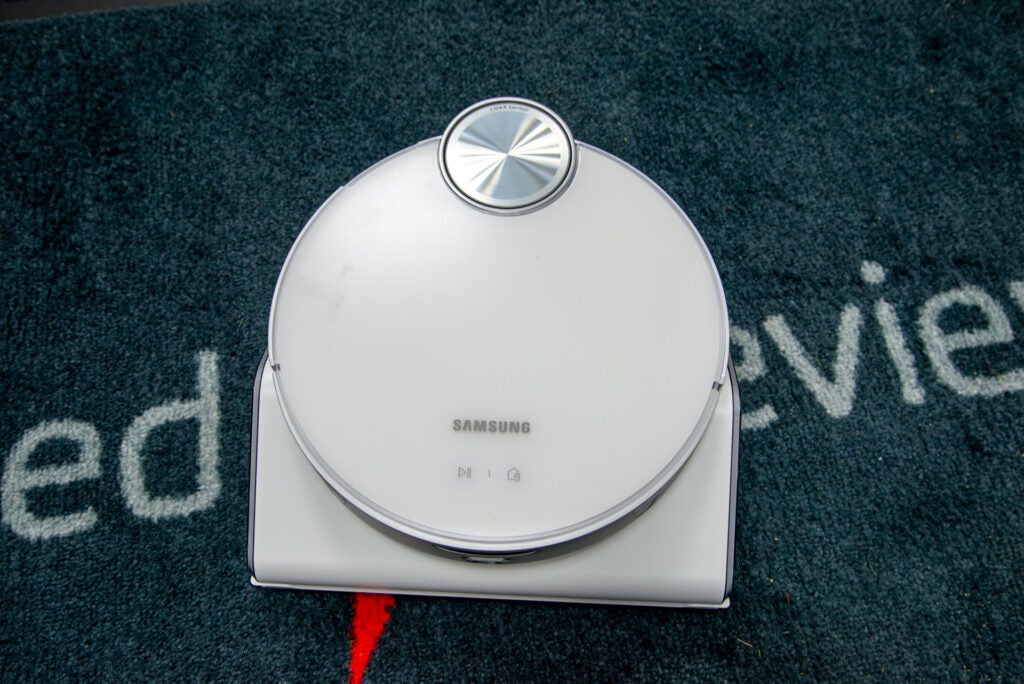
Samsung JetBot AI+
The best robot vacuum cleaner for raw power
Pros
- Excellent cleaning power
- Great app
- Powerful navigation
Cons
- Expensive for a non-mopping cleaner
It’s expensive, particularly for a robot that can’t mop, but the Samsung JetBot AI+ is one of the best robot vacuum cleaners that we have reviewed. It’s also nice to see a robot that’s different to the competition. Rather than a squat round cleaner, the Samsung JetBot AI+ has a squared-off body and two chunky wheels that can power it over obstacles.
Most robot vacuum cleaners have one filter, but the Samsung JetBot AI+ has two, helping keeping dust locked inside the bin. Dust is self-emptied into the charging dock at the end of a clean.
Controlled through the SmartThings app, the robot has full mapping, complete with rooms and the ability to add furniture for quick clean-up jobs, such as telling the Samsung JetBot AI+ to clean round the dining table only.
For general cleaning, the Samsung JetBot AI+ is a smart as they come. It can move around well by itself, using LiDAR and the front-facing camera to avoid most common obstacles. Sure, the robot can get stuck occasionally (as can any) but it’s a rare occurrence.
Cleaning performance is exceptional. Our test dust was removed perfectly from our carpet and hard floors, and the edge-to-edge rollers picked up the vast majority of dirt from the edge of the room, too. Add in the excellent battery life, and this is a top robot vacuum cleaner where you don’t need mopping, such as in a home with mostly carpeted floors.
Reviewer: David Ludlow
Full review: Samsung JetBot AI+ review
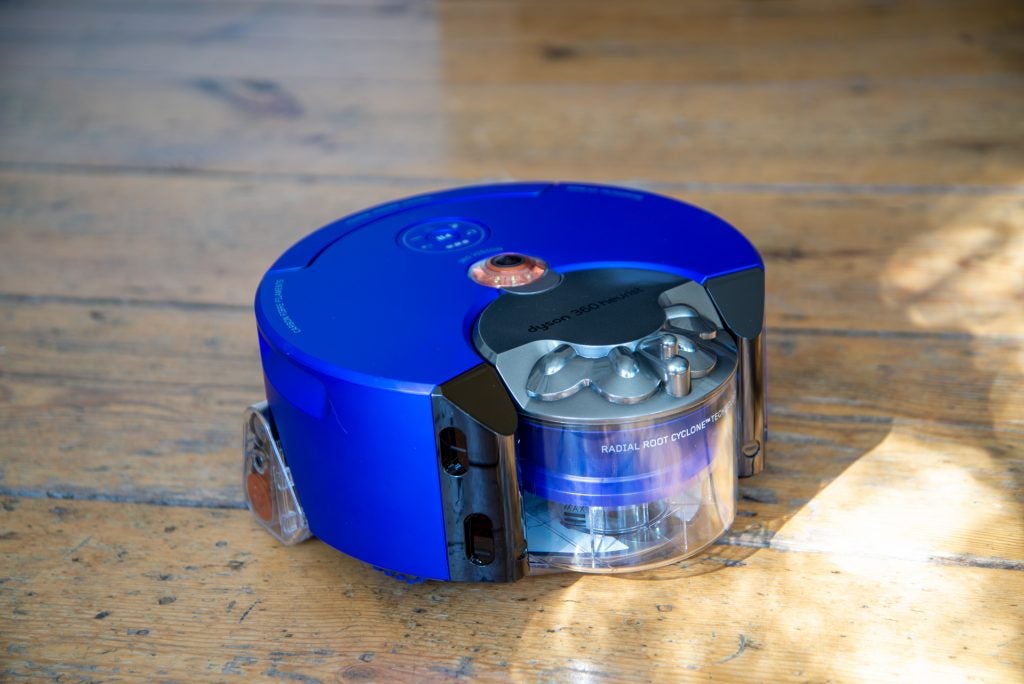
Dyson 360 Heurist
The best robot for deep cleaning
Pros
- Extremely powerful
- Flexible configuration
- Methodical cleaning
Cons
- Slightly fiddly to set up
The original Dyson robot vacuum cleaner was the most powerful for years, and now the Dyson 360 Heurist takes its crown and throws in additional smarts. Externally, this model looks very much like the old one: it’s narrow but tall, so can fit through gaps but can’t get under all furniture.
As with the original model, the robot uses a camera to see where it’s going, although this time around the robot can map your home, letting you split it into zones. This lets you clean one room only, or set smart schedules that let the robot clean different rooms at different times, using different power settings for each one. As the robot cleans, it learns your home and improves its routing and cleaning patterns over time. Mapping is powerful, but we found the robot very slow to make the initial maps when we first started using it.
You need to place the 360 Heurist carefully to make sure it can navigate your home and map properly; if you don’t, it can get stuck, as we found when we had to restart the mapping process a few times. In our bedroom, we had to reposition the charging dock, otherwise the robot got confused and couldn’t make its way between the end of the bed and the wall.
Fortunately, we found this effort is worth it, as this robot vacuum cleaner is the most powerful that we’ve tested. With its brush bar that runs the full width of the body, edge pick-up is excellent, and the vacuum managed all of our tests pretty much perfectly, doing almost as well as you could with a regular vacuum cleaner.
Voice control is available via Alexa and, finally, Google Assistant. We found that we could start and stop a clean easily with our voice.
It’s an expensive vacuum cleaner but if you want a robot that can deliver a cleaning performance similar to using a manual cleaner, the Dyson 360 Heurist is for you. If you want more flexibility and better obstacle avoidance, the iRobot J7+ is the best for you.
Reviewer: David Ludlow
Full review: Dyson 360 Heurist review
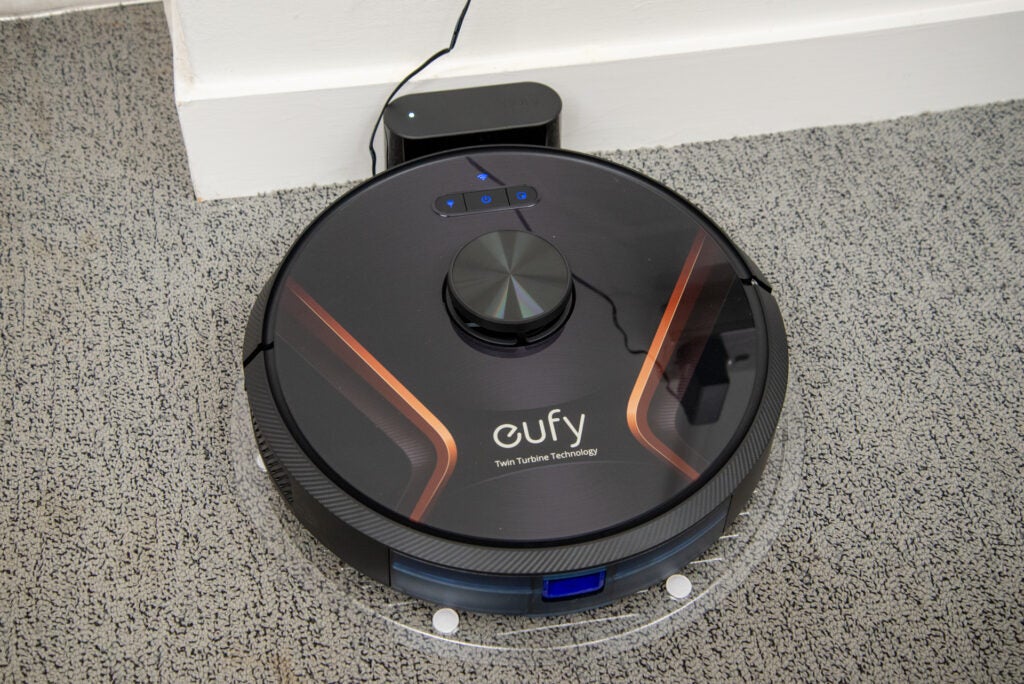
Eufy RoboVac X8 Hybrid
The best mid-range robot vacuum and mop
Pros
- Full mapping
- Powerful vacuuming
- Good navigation
Cons
- No-go zones were a little buggy
- Basic mopping
Eufy has excelled at making cheap(ish) robot vacuums that clean well but are often slightly lacking in features. The Eufy RoboVac X8 Hybrid changes that. This model has proper mapping, including support for multiple floors, and programmable no-go zones and no-mop zones. The latter can be problematic, as if a no-mop zone is between the robot and an area it can clean, the X8 may not be able to make its way to the area to clean.
As well as telling the robot which rooms to clean, you can put down a zone over any part of the map and just have the X8 Hybrid go there. That’s brilliant if you just want to clean up after you’ve cooked or eaten.
We found the cleaning performance was excellent, as the robot is very powerful. It picked up most of our test dirt on carpets and hard floors, and also got right into the mess spread by the edges of the room.
With a basic gravity-fed water tank and simple microfibre cloth, mopping performance is much more basic. The X8 Hybrid can deal with lighter surface stains, but it can’t scrub away bigger messes: the Ecovacs Deebot Omni X1 is far superior at this.
Maximum battery life is around 180-minutes on minimum power; on maximum setting, I had enough power to clean my downstairs with some juice left.
Good value with lots of features, the RoboVac X8 Hybrid is a solid mid-range robot; if you don’t want the mopping features, the standard X8 is a little cheaper and has a slightly larger bin.
Reviewer: David Ludlow
Full Review: Eufy RoboVac X8 Hybrid
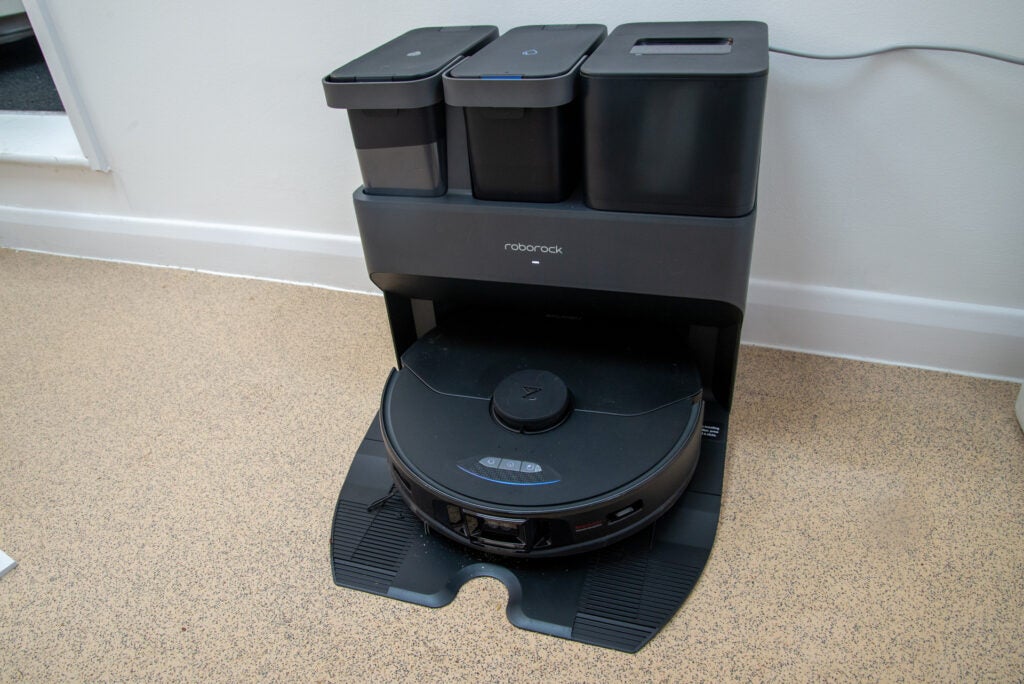
Roborock S7 MaxV Ultra
The most hassle-free robot vacuum cleaner and mop
Pros
- Exceptional vacuuming and mopping
- Clever navigation and obstacle avoidance
- Docking station empties and cleans robot
Cons
- Expensive
Roborock’s excellent mapping abilities and brilliant mop make the Roborock S7 MaxV Ultra the pinnacle of robot vacuum cleaners. With its Empty Wash Fill dock, the robot can self-empty, have its mopping cloth cleaned and take on more water. That’s similar to the Ecovacs Deebot Omni X1.
On the robot’s underside is a soft rubber floor brush, which is designed to avoid becoming tangled with hair, and it really works well never getting clogged in our tests.
A camera enables the vacuum to detect any obstacles, so you can set the S7 MaxV cleaning without you having to tidy up beforehand. It will spot shoes, cables and pet mess, avoiding them automatically.
We put the Roborock S7 MaxV through a series of real-world tests, injecting real obstacles along its cleaning path for it to avoid. For the most part, the robot performed brilliantly, with navigation up there with the best we’ve seen. Overall, this vacuum cleaner was able to tackle most day-to-day mess with ease, so when you do have to get the main vacuum cleaner out, there’s little to be done.
And the mopping function uses sonic vibration, similar to that of an electric toothbrush, to scrub the floor as the robot runs over it. This gets out tough stains, although we’d say that the X1 Omni is slightly better.
Where Roborock wins is with its smarts. Here, the mop can be lifted off the floor when the S7 detects that it’s on carpet, preventing it from soaking the floor. In terms of convenience that’s brilliant, as there’s no need to mess about with no-mop zones as with other cleaners, or to remove the mopping bracket when you want to tackle carpet.
The app is also one of the best in the business: maps are accurate and generated quickly, and you can even place virtual furniture around, so you can tell the cleaner where to go: clean around the table, for example.
If you don’t want the docking station, the standard S7 MaxV ships without this and is cheaper. In terms of overall convenience and power, this is the robot vacuum cleaner to beat, but it’s currently only available in the US.
Reviewer: David Ludlow
Full Review: Roborock S7 MATV Ultra

Yeedi Vac Max
The best mid-range robot vacuum cleaner
Pros
- Powerful vacuuming
- Great price
- Compatible with self-empty station
Cons
- Fiddly to configure no-go zones
The Yeedi Vac Max is more of an affordable all-in-one robot vac that not only vacuums but also mops too.
While it may be difficult to tell it apart from other Yeedi robo-vacs, the Vac Max looks as you’d expect it to. It’s a circular cleaner with an upward-facing camera for the visual navigation system. There’s a 450ml bin, which sits at around an average capacity for a robot vacuum, and should be good to last for a pair of cleaning antics before you need to empty it. If you don’t want to empty it manually, you can use the optional self-emptying station – that does come as a bit of a costly upgrade, though. As this is a mopping robot, it also comes with a 240ml water tank, which is more of a basic implement than was found on the Yeedi Vac 2 Pro, since it just drops water onto a microfibre cloth and wipes.
Controlling the Yeedi Vac Max is achieved by using the Yeedi app, which allows you to set it off on an initial mapping run so it knows the layout of your property. It’s relatively accurate, apart from when trying to guess the actual designated purpose of a room. In the app you can also add no-go areas for the vac to avoid mopping or vacuuming respectively. The app is perhaps a little clunky for adding these virtual boundaries, but the feature is a handy one nonetheless. There are three power levels on offer, which can be selected manually in the app – in our testing, the middle one proved to be more than sufficient for most jobs. The water flow level can also be adjusted, and you can choose where to clean using the Yeedi app too, as well as the ability to connect the vacuum to Amazon Alexa and Google Assistant skills for starting and stopping cleans hands-free.
During testing, the Yeedi Vac Max proved to be a rather powerful robot vacuum, especially considering it’s a more affordable choice. It dealt with flour admirably on carpet and on hard floors, it picked up pretty much all the rice we threw down in one fell swoop. When it came to mopping, fresh muddy footprints were dealt with ease, while tougher stains proved a little too much of a challenge for the Yeedi Vac Max to overcome; it really with some surface stains okay, but the bulk of the dirt was still there. A measured noise level of 62.8dB means it’s pretty quiet for a vacuum, and battery life of up to 200 minutes (on its lowest setting) is more than enough to tackle a floor of your house. We also found its navigation to be pretty good too, with it even managing to avoid troublesome office chair legs.
Reviewer: David Ludlow
Full review: Yeedi Vac Max
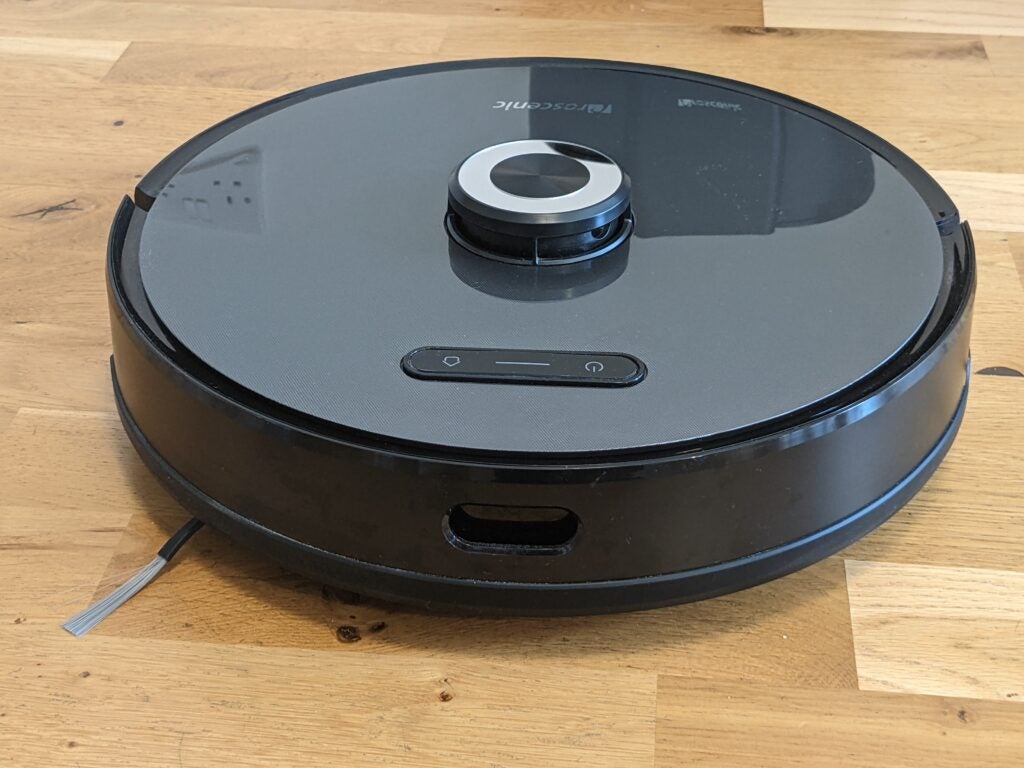
Proscenic M8 Pro
Best budget vacuum cleaner
Pros
- Brilliant set of features
- Laser navigation
- Mop or vacuum
- Self-emptying dust box
Cons
- Cleaning performance could be better
- Won’t fit under the lowest furniture
If there’s a robot vacuum that epitomises value, it’s the Proscenic M8 Pro. It is a vacuum that’s on the larger side, with a 35cm diameter, and comes comprised of some unassuming looking black plastics, apart from when you look at the top. Here the M8 Pro takes on a smarter finish, as well as a laser conning tower that sticks up by around an inch or so, raising its total height to 10cm. This is low enough so it will fit under sofas, but you may have less luck fitting it underneath sideboards and cupboards. Underneath, the M8 Pro comes with a rotating brush bar to loosen dirt on hard floors and carpets, as well as a side brush that aids in increasing the cleaner’s overall reach.
It comes with a decent capacity dust box on the underside, which doesn’t actually need any emptying, but as this is a vacuum that can also mop, it still needs to be filled with water. The mop attachment comes as a clip on plate with a microfibre cover which is easy enough to attach. In addition, the Proscenic app provides excellent control, although there is a bundled remote control to use if you wish to. Alongside this also comes a couple of spare dust bags and a spare HEPA filter, as well as a combined brush/razor tool for removing any tangled hair.
The M8 Pro also comes with loads of features to get stuck into, including three vacuum levels and three different water volume settings to pick from – on the default of these (the middle setting), it automatically detects whether it’s on carpet or solid floor and for the most part, the M8 Pro did a decent job of adjusting between different floor surfaces. To achieve a precise clean, Proscenic’s robo-vac uses a rotating laser to go round your house and map out a floor plan. The Proscenic app allows for manual designation of zones, which is especially handy, as is the app’s scheduling feature for cleaning, and its spot cleaning one, too.
Admittedly, it also does an excellent job of cleaning, especially thanks to the amount of obstacle detection the M8 Pro features. There’s infrared time-of-flight sensors, as well as cliff detection, bump detection and laser mapping, as discussed previously. During testing, we found it to successfully navigate door stops, stair tops, chair legs, and other furniture too. It also dealt with our reviewer’s chunky divider well, as well as with their thick doormat and rug.
Its suction is decent enough, with our testing showing the M8 Pro to do a good job in dealing with smaller items like crumbs and pet hair. Its mopping skills were okay, and while the M8 Pro wasn’t that adept at dealing with dried on stains, it was a good performer with recent, wetter spills. The four hours of battery life Proscenic quotes is perhaps a little too optimistic, as our testing demonstrated that a 23 minute clean drained between 10 and 12% of the battery’s total 5,200mAh capacity. Its noise level ranged between 58dB and 62dB isn’t too loud to hold a conversation over, although the base station’s 70dB is about as loud as a normal vacuum cleaner, even if it’s only on for around 15 seconds at a time.
Reviewer: Simon Handby
Full review: Proscenic M8 Pro review
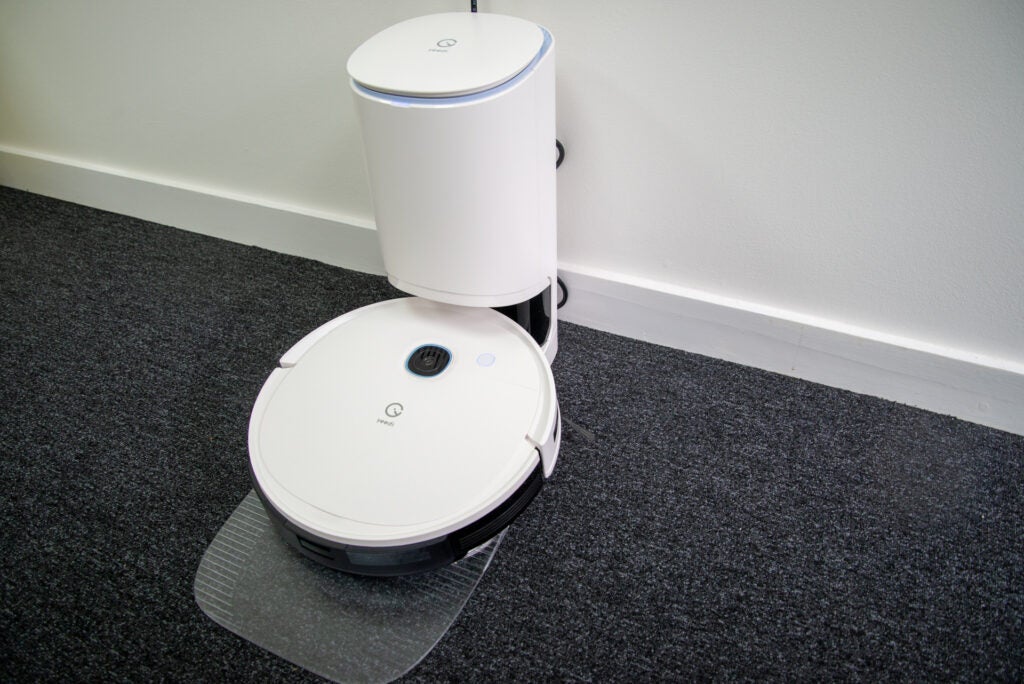
Yeedi Vac 2 Pro
The best mid-range mop
Pros
- Excellent mopping
- Powerful vacuuming
- Compatible with self-empty station
Cons
- Only one map (for now)
- Can’t always get to every area
The Yeedi Vac 2 Pro doesn’t look that different, on the outside, to the Yeedi Vac Station that we reviewed last year. Both are circular vacuum cleaners, with a camera on top for visual SLAM map building.
The differences start to pile up when you look more closely. First, the Vac 2 Pro ships with a standard charging dock, whereas the Vac Station ships with a self-empty dock. However, the self-empty station is an optional extra if you want the convenience of bin auto-emptying.
With the self-emptying station, there are 2.5-litre bags that the robot is emptied into automatically. It certainly saves on a messy job.
The big difference is with the mopping. This model has a scrubbing mop, with the microfibre cloth shunting forwards and backwards as the vacuum cleaner moves. This lets it agitate dirt and we found that it could clean up dried on mess that a regular robot with a static mop couldn’t touch.
Vacuuming performance is also excellent. One pass over our hard floor and carpet mess was enough to pick up regular debris; two passes was enough to clean even the toughest of messes.
Control of the robot is via the Yeedi app. It’s functional but a bit clunky in places: after an initial mapping run, the app guessed where our rooms were incorrectly and the split-room feature is a bit fiddly to use. There’s also currently no support for multiple maps, although that is coming in the near future.
There’s a carpet sensor on this robot, so the Vac 2 Pro won’t run over your soft flooring while in mopping mode. That’s good for safety, but if there’s no clear path over carpet to a hard floor area, the robot won’t be able to clean everywhere unless you remove the mop bracket. The Roborock S7 MaxV does a better job, as it can lift its mop bracket off the floor and move over carpet.
Amazon Alexa and Google Assistant skills are available so that you can start and stop a clean with your voice alone.
Although basic in some regards, the quality of the mopping makes this a great mid-range choice for anyone with lots of hard floors.
Reviewer: David Ludlow
Full review: Yeedi Vac 2 Pro
We also considered…
FAQs
Robot vacuum cleaners tend to be short and wide, or tall and thin. The former is good for getting under furniture; the latter is ideal for getting through narrow gaps. Ultimately, design is a choice that revolves around compromise and there will be areas a cleaner can’t reach, so choose the shape that best suits the type of space and furniture you have.
Battery life is important to a degree: the longer the battery life, the more of your home a robot can clean. Typically, robots will last around 45 minutes, which is good enough for a floor of an average-sized house. However, the best cleaners will make their way back to their charging station, top-up and then carry on.
Robot vacuum cleaners have far smaller bins than traditional cleaners – typically, 0.3 to 0.7 litres. This doesn’t sound like a lot, but if you’re using a robot regularly, there’s less dust to pick up. Ultimately, you’ll most likely have to empty a vacuum cleaner after each clean.
Unless you’re going ultra-budget, a robot vacuum cleaner with an app is a must. Smartphone apps make scheduling and control far easier, and you can start a clean without having to be right by your robot. Look for Alexa or Google Assistant support if you’d like to start a clean without having to stand up first.
A few robot vacuum cleaners also offer a mopping feature, squirting water out onto the floor, then using a microfibre cloth to wipe up dirt. These can be a great option on hard floors, where trodden-in dirt stains tend to stand out more. We find ours useful for keeping a relatively light kitchen floor clean after cats have walked on it. The downside is that with the mop attached, you can’t vacuum carpets. So, if you’ve got lots of hard floors, look for a model with a mop for cleaning; if you’ve mostly got carpet, then the mopping feature probably won’t be a lot of use.
As good as robot vacuum cleaners are and as powerful as their navigation has become, they can still run into problems around your home that will stop them. Dining chairs placed close together can make it hard for robots to navigate, while rugs with tassels or dangling cables can get tangled up in the robot’s brush. All of these are problems common to all vacuum cleaners, so before you start a clean, you need to make sure that you’ve picked up items on the floor. If you want the vacuum to get under a dining table, then you’ll have to move the chairs out of the way to give it access.
Ultimately, robot vacuum cleaners are a great way to maintain your home but they’re not miracle workers and need help to get around. And, you’ll need to get a regular vacuum cleaner out from time to time in order to keep your home looking its best.
Most robot vacuum cleaners have parts that will need to be replaced, typically around every six months or so, although the app should keep track. You’ll need to replace side brushes, main floor brushes and the filters to keep your vacuum cleaner operating in its best condition. If you’ve got a vacuum that can also mop, you’ll need to clean the microfibre cloths from time to time: don’t use fabric conditioner as this clogs up the microfibres and prevents the cloth from picking up dirt as effectively.
Specifications Compared
You can see a breakdown of all the vacuums listed in this guide’s core specs in the tablet below.



